# How to worship Shankh at home?
Conch or Shankh is a sea-dwelling mollusc, which holds a significant place in Vedic scriptures; particularly in Hinduism, where the Shankh is described as Lord Vishnu’s emblem. It is believed that the vibrations from Shankh are capable to exterminate any negative energy.
# Lord Vishnu's weapon
In Hindu mythology it is described that Lord Vishnu, time and again in his various avatars, blows through the conch to destroy the negativity around the world. The Conch or Shankh is Vishnu’s sacred symbol and thus holds highest importance in both Hinduism and Buddhism.
# Purpose of Shankh
As per sacred Vedic texts, Shankh is of two tupes- 1) For blowing sound, 2) For worshiping purpose. It is said that one who blows into the Shankh on daily basis is protected against any heart disease. Therefore, people often keep this sacred symbol in their house, but they often do not respect it the way it is mentioned in shastras.
# Puja vidhi of Shankh
A 'Shankh' must be duly worshiped by the family members and must be blown into at least twice a day (morning and evening). Today, I am going to share with you some Vastu tips that must be taken care of while bringing home a Shankh.
1. If you’re keen to bring Shankh to home, then get at least two and they must be kept separately.
1. If you’re keen to bring Shankh to home, then get at least two and they must be kept separately.
2. The Shankh which is used for blowing must never be offered water or any religious chants and must be placed on a yellow cloth.
3. The Shankh brought in for worshiping purposes must be cleansed with gangajal and be wrapped in sacred white cloth.
4. The Shankh which is being worshiped must be kept above or at a high place of the one being used for blowing purpose.
5. Never keep two shankh for similar purpose (either blowing or worshiping) in the same temple/puja room.
6. The Shankh must never be placed above Shivling or should not touch the Shiv pindi during any religious ritual.
7. The Shankh must never be used in offering water to either Lord Shiva or Lord Sun.
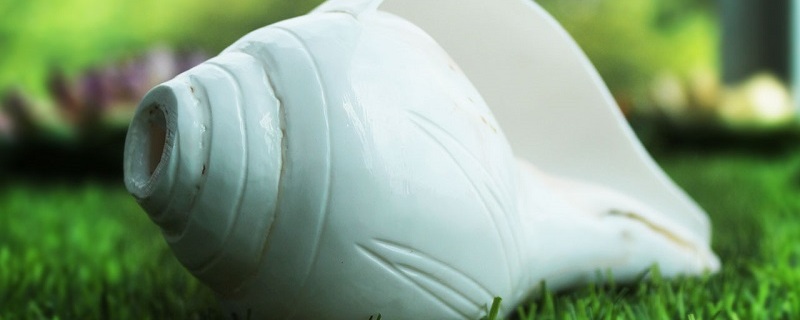


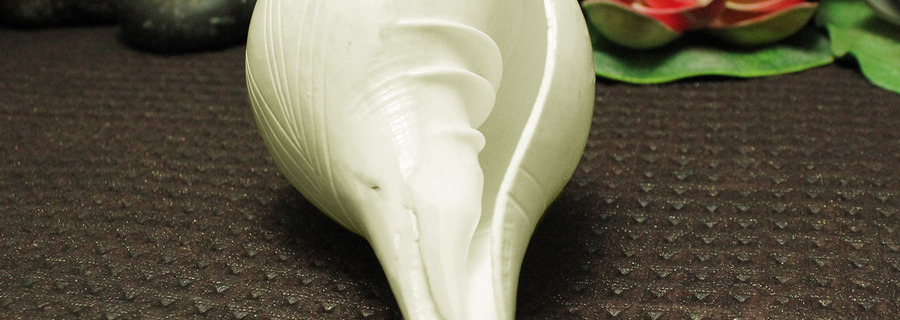
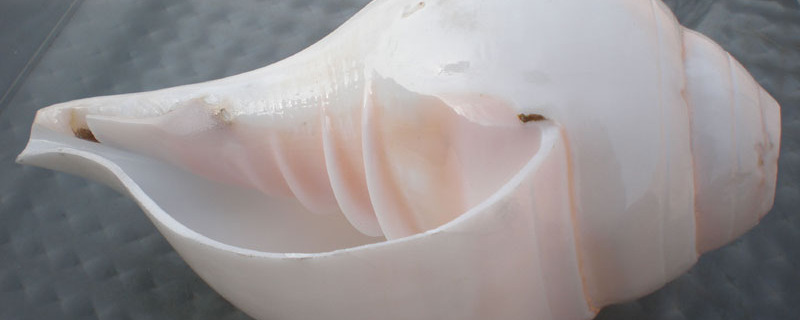
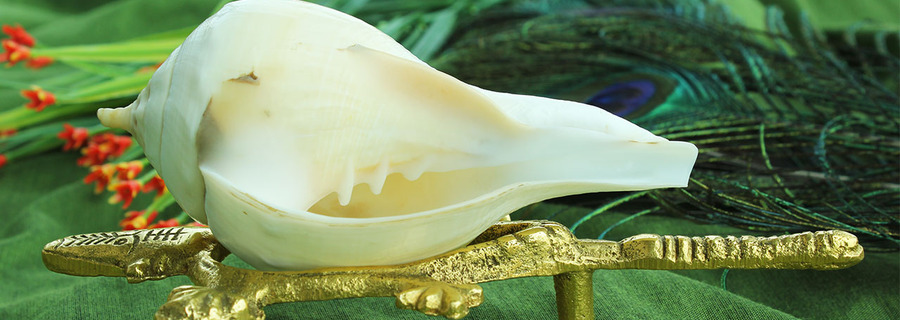


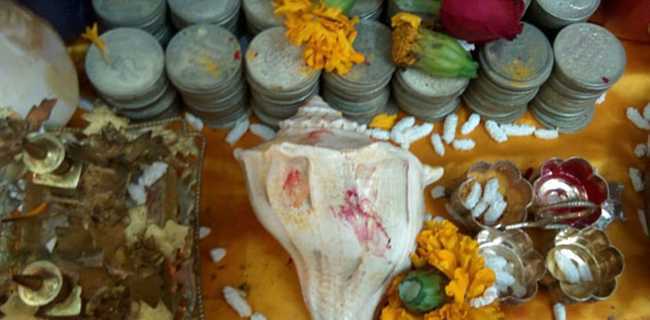
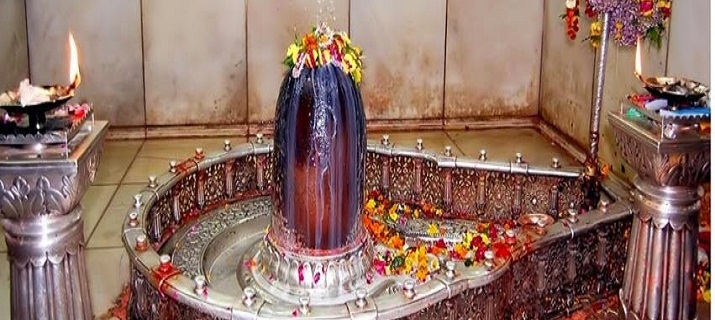
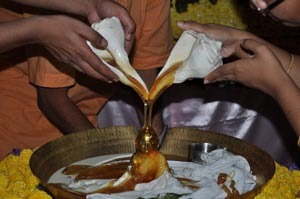
ConversionConversion EmoticonEmoticon